Step 2 - Plan your Vegetable Garden Layout
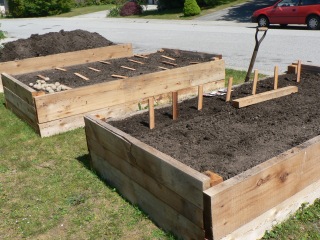
Planning a vegetable garden layout before you start working the soil, buying seeds or plants is an important step. This will save you time, energy and money later on.
In this step you will draw your vegetable
garden plan to scale on a piece of paper. This is something I do during
the long winter months.
If you do not have the time to plan your own garden check out my vegetable garden plans ebooks . There are easy to follow diagrams on where and when to plant a vegetable garden for raised beds, row gardening and square foot gardens.
Tips to getting the perfect vegetable garden layout:
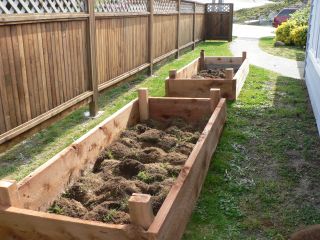
How are you going to grow?
Are you going to grow in raised beds, in containers, in level rows, in a greenhouse? Your choice will depend on where your garden site is located. If you can, make your vegetable rows face north to south for best distribution of light.
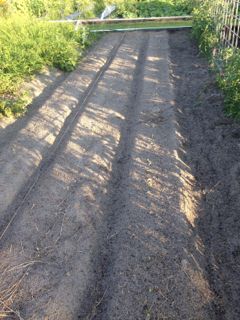
Mark your pathways.
Make sure you leave room to walk between rows to make it easier to water, weed and observe the plant without crushing it.
12-16 inches is needed for a pathway, a little more if you plan to bring a wheelbarrow or cart through. I suggest making wider pathways at the end of the rows for easier access with larger tools, this will also maximize your growing area.
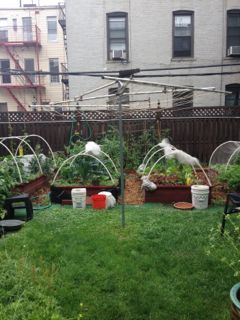
What vegetables do you want to grow?
If you need help with this check out planting a vegetable garden.
Plants require different amounts of nutrients and
attract particular pests and disease so it is important that vegetable crops be rotated.
By using crop rotation you are promoting healthier plants and soil in your vegetable garden layout. A simple way to start learning about vegetable gardening crop rotation is to divide your vegetables into three basic groups:
- Root crops - beets, carrots, potatoes
- Brassicas - broccoli, cabbage, Brussel sprouts, cauliflower, radish, turnip, rutabaga, kale
- Everything else - lettuce, onion, peas, spinach, swiss chard, beans, corn, peppers, squash, tomatoes
- You will then plant each group in a different area each year.
What does each vegetable require for best growth?
- What kind of spacing does it need?
- Is it a cool or heat loving plant?
- Does it mature quickly or need a long growing season?
- Does it need lots of heat to grow well? Is indoor growing possible?
- Do you have a shady area? Which plants will grow best?
- Do you have dry or wet areas? Which ones like more moisture?
- Will the plant need some kind of support or trellising?
This vegetable list will help your answer the above questions on specific vegetables. Now that you have your list in hand you can start placing each vegetable on to your vegetable garden layout.
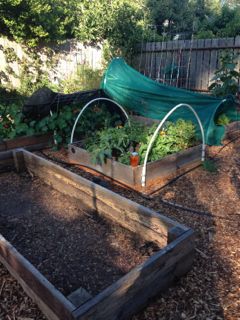
Placement of your vegetables.
- Divide the site into three sections (4 if you are planting perennial vegetables). Label them A,B,C,D. Each year plant a different vegetable group (listed above) in each section. Perennials remain in the same section each year.
- Within each section organize the vegetables by how much space they need.
- Place the ones that mature earlier in one area so you can plant something else later in the season in that same spot.
- Place any perennial type vegetables (i.e. asparagus, herbs) on the outside area of the garden so they will not be disturbed when you till the other three sections of the garden.
If you want to keep the garden growing all season you will need to consider a spring vegetable gardening plan, a summer plan, a fall vegetable gardening plan as well as winter indoor gardening plan.
Remember, this is planning a vegetable garden layout on paper for now, use a pencil so you can easily move things around. Have fun!
Use my garden journal to start this process and stay organized while planting your incredible vegetable garden.
Your next step in planting a vegetable garden is soil preparation.
Return from Vegetable Garden Layout to Planting a Vegetable Garden



